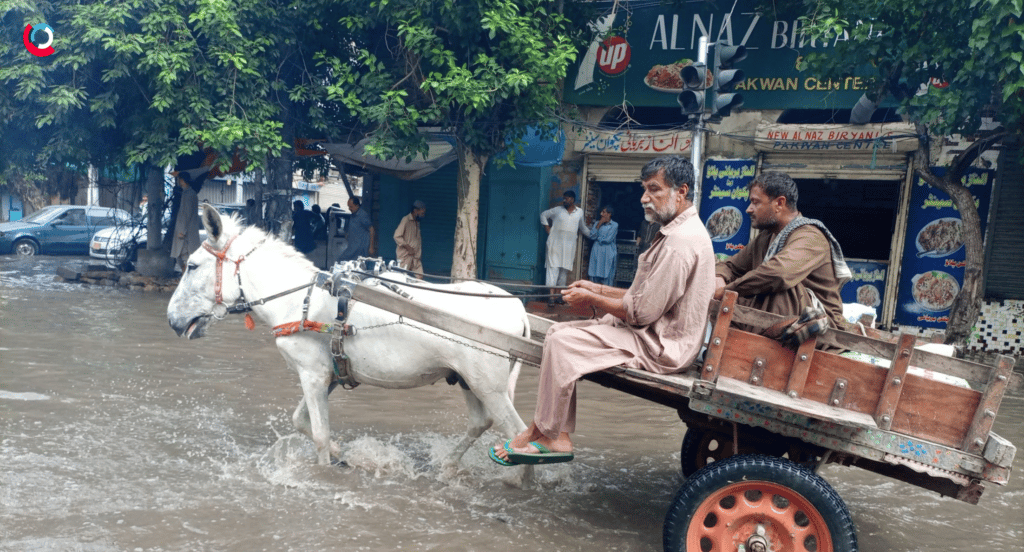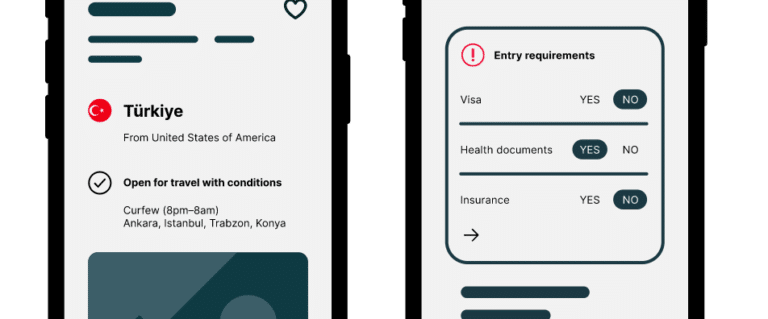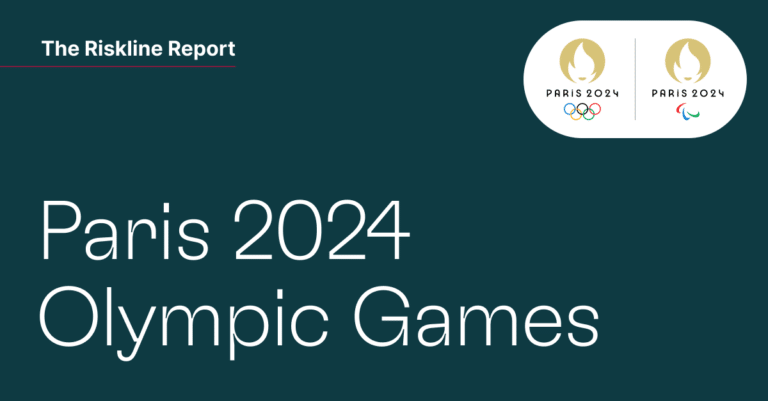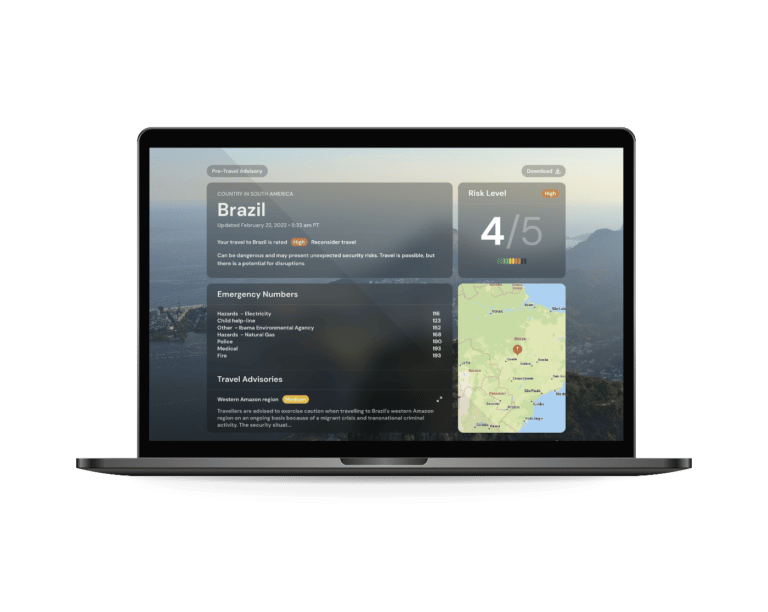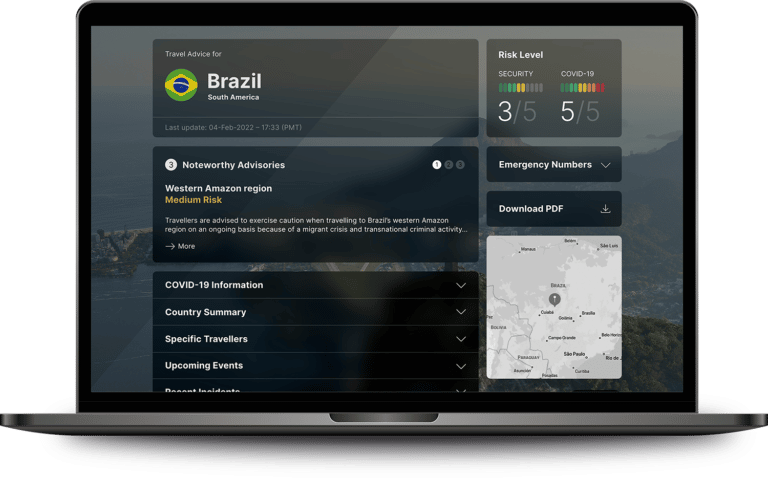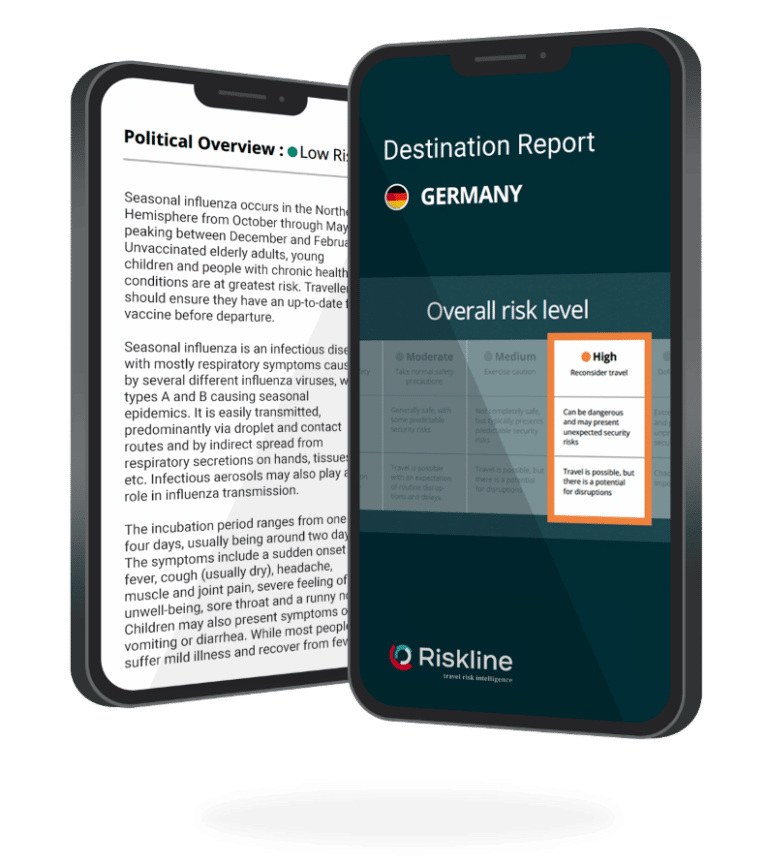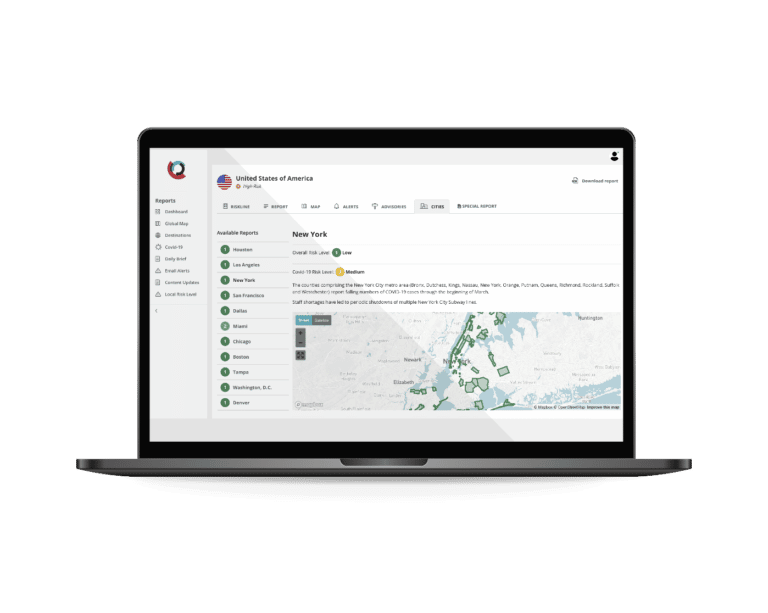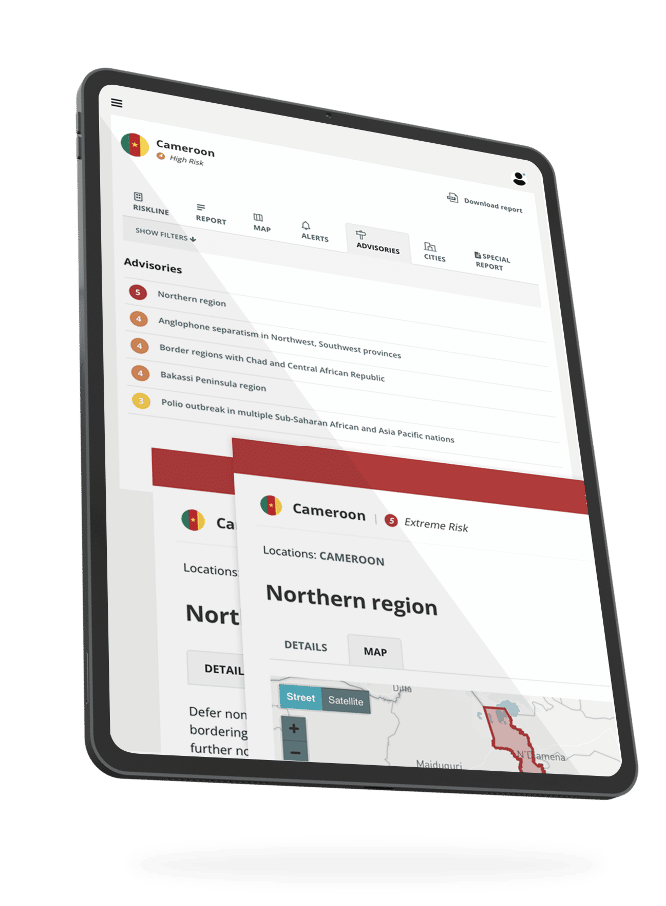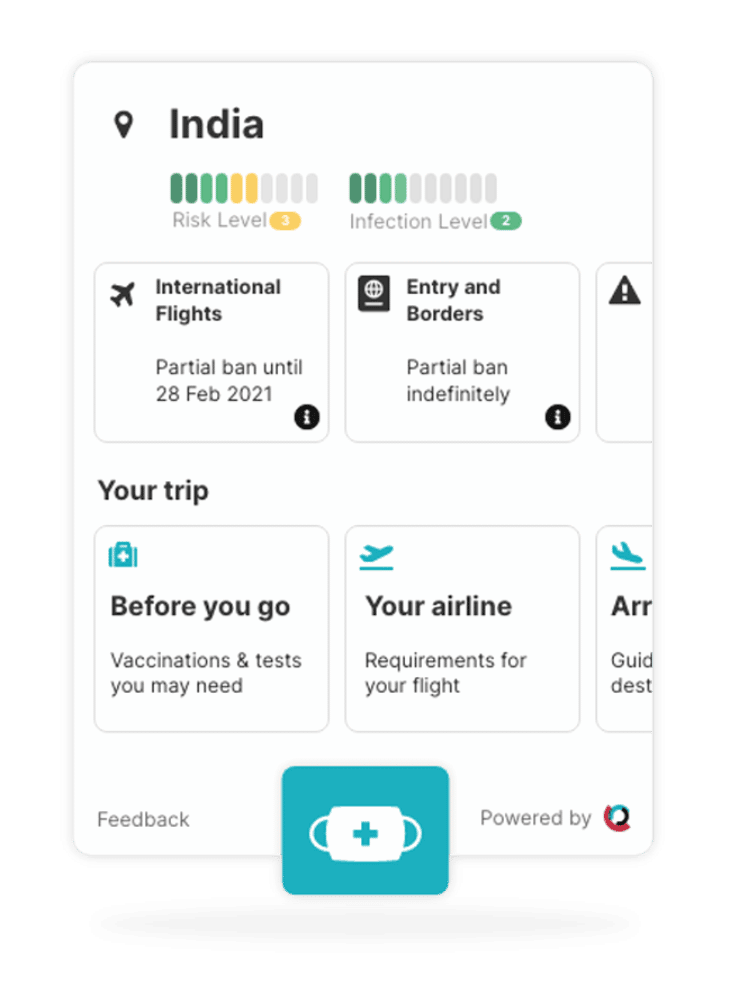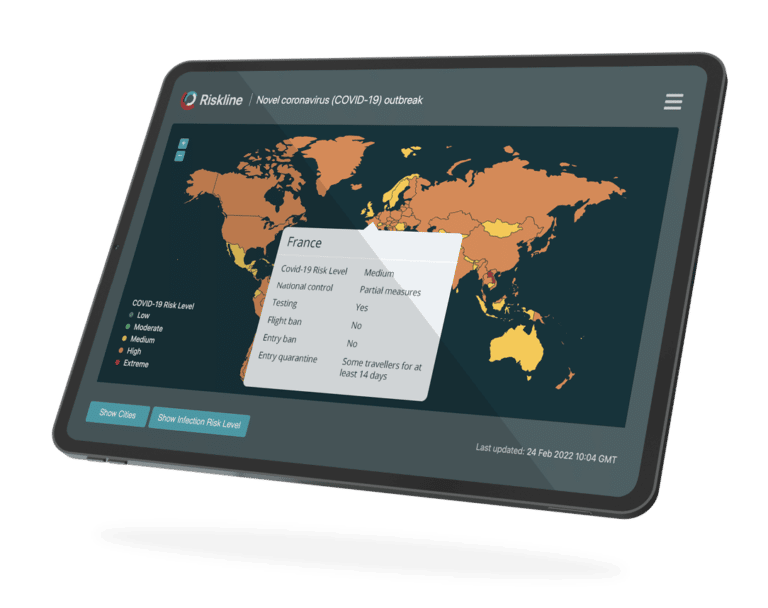By Ramya Dilpkumar
Introduction
Since the advent of the southwest monsoon season in June, around 1,290 people have died, over 633,091 others have been displaced, and overall around 33 million or one-third of Pakistan’s population have been affected by the floods and landslides from heavy rainfall across the country; worst-hit areas include Sindh, Punjab, Balochistan and Khyber Pakhtunkhwa provinces, but the impact has also been pronounced in poorly developed areas in Gilgit-Baltistan and Azad Jammu and Kashmir. More than 325,000 houses, thousands of kilometres of roads and rails as well as dozens of bridges have been damaged or destroyed and essential services such as power, food and water supplies have been disrupted in the affected areas.
While fatal floods and landslides during the southwest monsoons are a common occurrence every year in South Asia, this year’s floods in Pakistan have been the worst since the 2010 monsoon season, with United Nations (UN) Secretary General António Guterres terming it a “climate catastrophe”. The disaster is forecast to have cost an already debt-ridden Pakistani economy at least US$10 billion; the country, whose sovereign debt is over US$250 billion as of end of August, recently received a bailout of US$1 billion from the International Monetary Fund (IMF). While Pakistan continues to appeal for financial aid from the international community in response to the humanitarian crisis, there is a dire need for government officials to implement pre-emptive policies to address the issue of climate change and step up coordination and emergency responses amongst provincial and central government officials to prevent future such disasters.
Climate change or politics? Catalysts for a deluge
The pronounced impact of the recent rains in Pakistan can be partly attributed to climate change as intense floods came on the heels of a period of extreme heat in April and May when temperatures rose to nearly 50 degrees Celsius (122 degrees Fahrenheit) in some areas. Pakistan’s early weather warning system for heavy rainfall and landslides is still a work in progress and hence pre-emptive evacuations are sometimes delayed. However, residents have held numerous protests in flood and landslide-affected areas since June, including in Karachi, Peshawar and Lahore, blaming provincial and central government officials for delaying responses while being caught up in a political tug-of-war triggered by the recent ouster of former prime minister Imran Khan.
Pro-and anti-Khan rallies have been rife by Khan’s Pakistan Tehreek-e-Insaf (PML-N) which is the main opposition party and members of the governing Pakistan Muslim League-Nawaz (PML-N) and other parties which support the central government, in major cities like Islamabad, Karachi, Rawalpindi, Lahore, Sukkur and Hyderabad (which have also been the worst-hit flood areas), since Khan was removed from office following a no-confidence vote in Parliament on 9 April. Security forces have been deployed in large numbers in areas affected by recent political rallies, which have sometimes escalated to clashes and violence. Locals have condemned politicians for staging political campaign rallies in these areas instead of deploying resources to carry out aid relief. Further heavy rainfall has been forecast nationwide through at least early October, as the southwest monsoon season has been prolonged this year. Due to the onslaught of floods, the World Health Organisation (WHO) and other UN agencies have also warned of mosquito and water-borne diseases, including dengue, malaria, diarrhoea and cholera, at a time when the country is also experiencing a fresh wave of COVID-19 infections. Hence, authorities need to step up efforts for pre-emptive evacuations and deploy more resources in flood and landslide-affected areas.
There is also a dire need for long-term green policies and related investments in areas like renewable energy, as Pakistan was already facing fuel, power, water and food scarcities even before the floods hit. However, political instability in the country in recent years has delayed the implementation of any long-term environmental policies which can address the issue of climate change. There is also the risk of inflation (which hit a 47-year-high of 27.3 percent in August due to the COVID-19 pandemic) worsening further in Pakistan due to the disaster in the near-term, according to the IMF. A failure to tackle the energy, food and health crises worsened by the recent floods, will trigger further anti-government protests in Pakistan, which have the potential to escalate to widespread unrest and worsen political instability in the near future.
Summary
The impact of the recent floods and landslides in Pakistan is likely to last for several months to come, due to the severe damage to roads and building infrastructure. Public transport and essential services in these areas are likely to be disrupted in the near- to medium-term. The current government’s ability to respond to the shortcomings in their disaster management and mitigation efforts will determine how Pakistan will weather future such natural calamities in the coming years.
Ramya Dilipkumar is Riskline’s APAC Team Leader.

